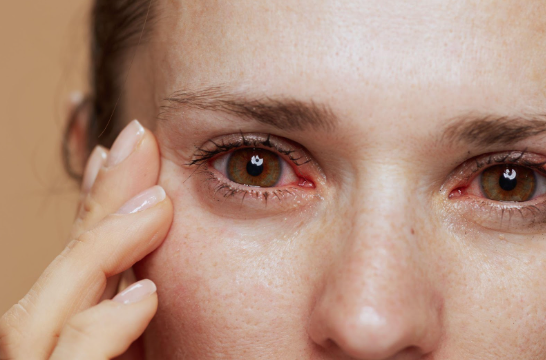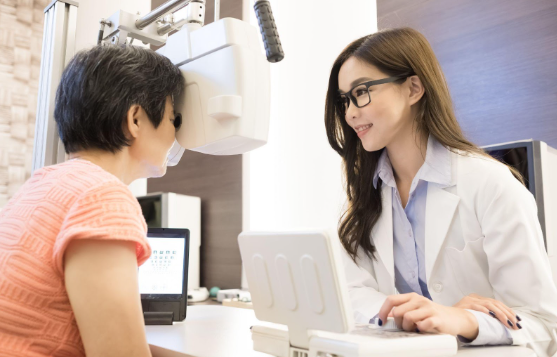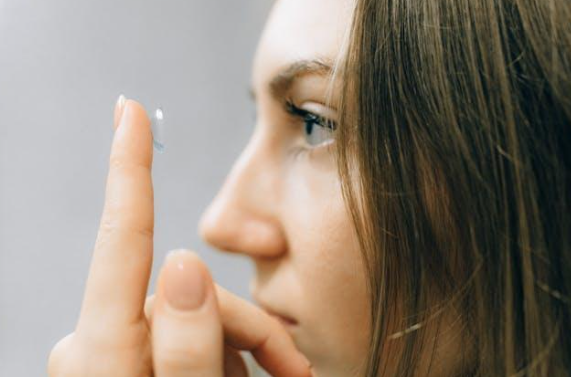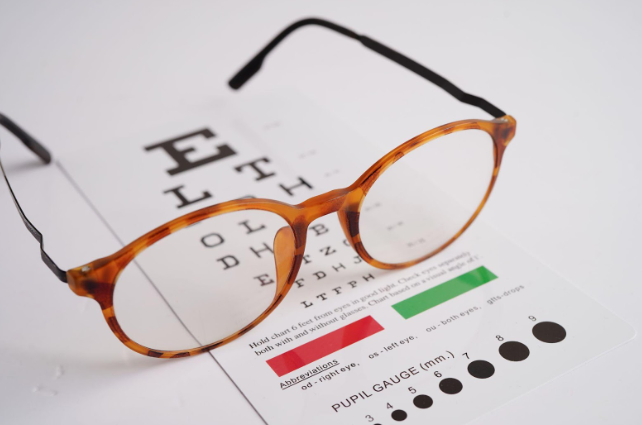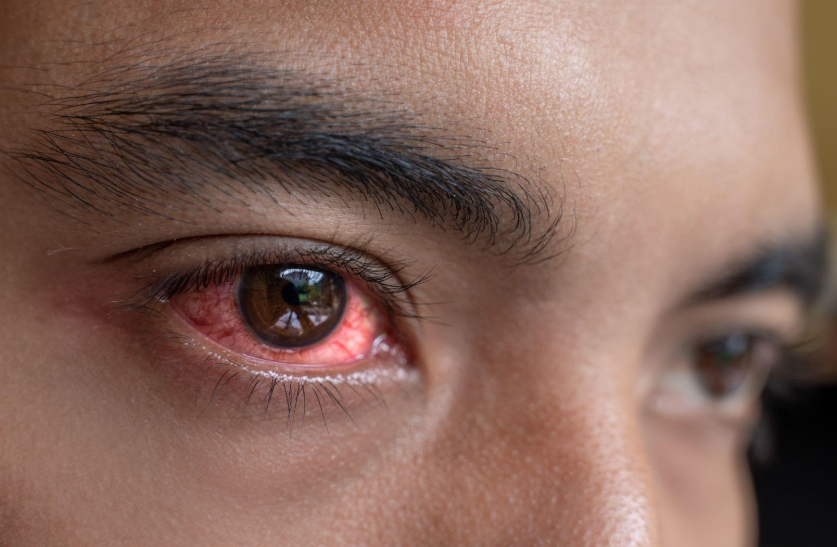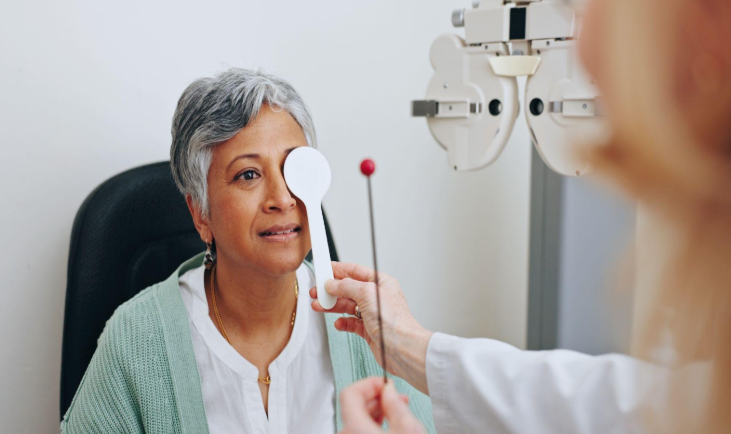Contact Lenses in Spring: Tips for Comfort During Allergy Season
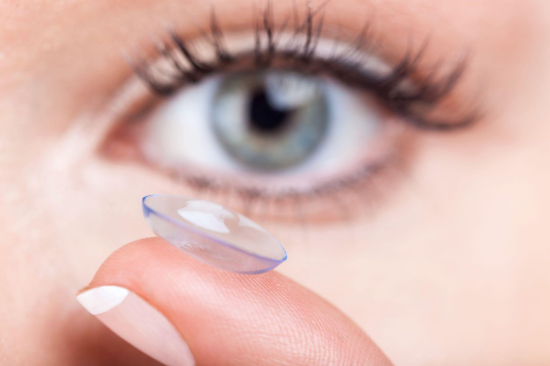
Spring brings longer days and colorful flowers, but it also brings pollen and other allergens that can be especially bothersome for people who wear contact lenses. These airborne particles can adhere to lenses, leading to discomfort and irritation.
However, with informed strategies and modern advancements, you can maintain a clear and comfortable vision throughout the season.
How Spring Allergies Affect Your Eyes
Airborne allergens that come into contact with your eyes can cause spring allergies, also referred to as seasonal allergic conjunctivitis. Your immune system responds by releasing histamines, leading to symptoms such as redness, watering, swelling, and itching.
Advanced Strategies for Enhanced Comfort
Contact lenses can trap allergens on the eye’s surface, making symptoms more persistent. If not properly managed, prolonged exposure can lead to discomfort, blurry vision, and even increased sensitivity to light. Fortunately, by making a few adjustments to your contact lens routine and overall eye care, you can minimize these effects.
Switch to Daily Disposable Contact Lenses
One of the best ways to reduce allergy-related irritation is to wear daily disposable lenses. Since you start each day with a fresh pair, there’s less chance for allergens and deposits to build up compared to biweekly or monthly lenses.
If you currently wear reusable lenses, talk to your eye doctor about switching to dailies for the spring allergy season. This simple change can significantly improve your comfort.
Keep Your Contact Lenses Clean
If you wear reusable lenses, proper cleaning and hygiene are essential to prevent allergen buildup. Follow these steps to maintain clean and comfortable contacts:
- Use a High-Quality Contact Lens Solution
- Avoid using tap water or homemade saline solutions, as they can introduce harmful microorganisms that may lead to infections or irritation. Always follow the manufacturer's instructions for disinfecting and storing your lenses.
- If you experience persistent discomfort, consult an eye care professional to determine if switching to a different solution or lens type would be beneficial for your eyes.
- Rub and Rinse Your Lenses Thoroughly
- Even if your solution is labeled “no-rub,” gently rubbing your lenses between clean fingers or in your palm with fresh solution can significantly improve debris removal. Rinsing lenses thoroughly before inserting them ensures that no residual cleaning solution remains, reducing the risk of irritation. Use a fresh solution at all times; do not top off or reuse old liquid as it may contain bacteria.
- Replace Your Lens Case Regularly
- Wash the case daily with fresh contact lens solution (never tap water), let it air dry upside down on a clean tissue, and avoid sealing it while still damp. Using an old or unclean case increases the risk of eye infections, so maintaining good hygiene practices is essential for preventing complications like redness, irritation, or corneal ulcers.
- Follow the Recommended Replacement Schedule
- Wearing contact lenses longer than their prescribed lifespan can lead to discomfort, dryness, and a higher risk of infections. It can cause protein buildup, reduced oxygen flow to the cornea, and increased sensitivity to allergens.
Use Lubricating Eye Drops to Reduce Dryness
Artificial tears or lubricating eye drops help keep your eyes hydrated and remove irritants and dry eyes. Choose preservative-free drops, as preservatives can sometimes worsen irritation. If you use medicated allergy drops, wait at least 10-15 minutes before reinserting your contacts to prevent interactions with the lenses.
Reduce Exposure to Allergens
Check daily pollen counts using weather apps and stay indoors when levels are high. When outside, wear wraparound sunglasses to block airborne pollen from reaching your eyes. Keep windows closed in your home and car, using air conditioning to filter out allergens.
Shower and wash your hair before bed to remove pollen and prevent it from transferring to your pillowcase. These simple precautions can help limit allergen contact, making it easier to wear contact lenses comfortably throughout the season.
Avoid Rubbing Your Eyes
Rubbing can push allergens deeper into your eyes, worsen inflammation, and even damage the cornea over time. Instead, you can apply a cold compress to your closed eyelids for relief or use lubricating eye drops to flush out irritants. If symptoms persist, consult an eye doctor for a tailored treatment plan.
Try Allergy-Specific Eye Drops
Antihistamine and mast cell stabilizer eye drops are effective in relieving allergy symptoms like itching, redness, and swelling. However, not all allergy drops are suitable for contact lens wearers. If you need allergy relief:
- Consult your eye doctor for recommendations on contact lens-friendly eye drops.
- Use antihistamine drops before putting in your contacts and wait 10-15 minutes before inserting them.
- Opt for preservative-free formulations to reduce the risk of additional irritation.
Take Breaks and Wear Glasses When Needed
If your allergies are particularly bad on certain days, consider giving your eyes a break from contact lenses and wearing glasses instead. Glasses not only reduce irritation but also provide a barrier against airborne allergens.
Wearing glasses in the evening after removing your contacts can also help reduce overall eye strain and discomfort.
Maintain an Allergy-Free Environment
Use an air purifier to filter out allergens and vacuum with a HEPA filter to trap dust and pollen instead of circulating them. Wash bedding and pillowcases frequently to remove accumulated pollen and pet dander. Avoid scented candles and air fresheners, as they can introduce additional irritants.
Maintaining a clean indoor environment helps minimize allergen exposure, making it easier to keep your eyes comfortable while wearing contact lenses.
Stay Hydrated and Eat Eye-Healthy Foods
Drinking plenty of water keeps your eyes hydrated and minimizes dryness. Additionally, incorporating foods rich in omega-3 fatty acids (such as salmon, walnuts, and flaxseeds) can help reduce inflammation and support overall eye health.
Certain foods, like citrus fruits, berries, and leafy greens, contain antioxidants that can help strengthen your eyes against environmental stressors. Maintaining a balanced diet can contribute to better eye comfort during allergy season.
Need help finding the right contact lenses for allergy season? Our eye specialists at
South Shore Eye Care, can help you find contact lenses tailored to your unique needs.
Book an appointment with us and experience the difference expert eye care can make.
